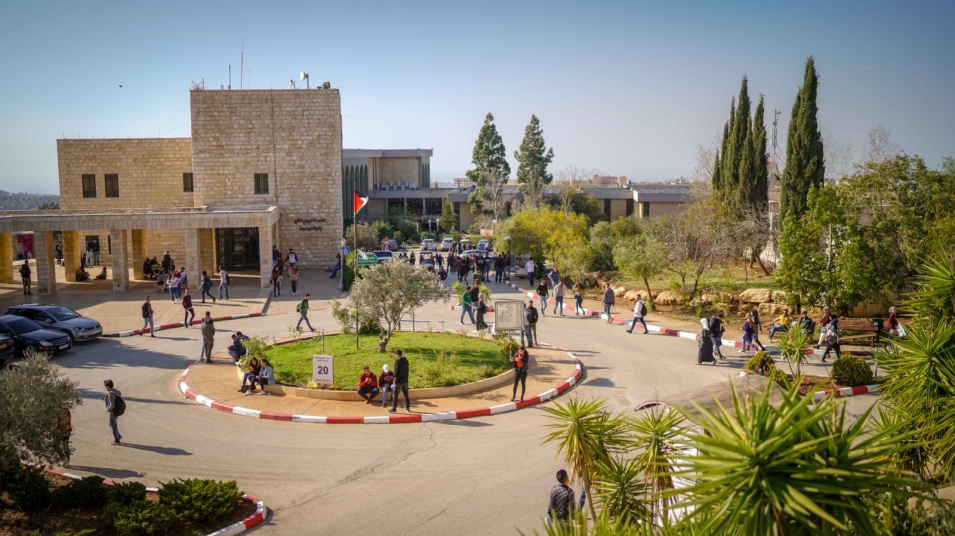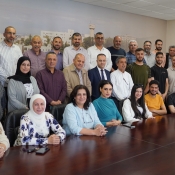University professors ranked among 100,000 most cited scientists, top 2 percent of their sub-fields in new study
Birzeit University professors and researchers have been ranked among the 100,000 most-cited scientists in the world in 2019 and the top 2 percent of their sub-fields as part of a recently released study on citation metrics.
Produced by a team of researchers led by John Ioannidis, a professor of medicine, epidemiology, and population at Stanford University, the study was originally published in 2019 with the aim of producing a consistent citation metric based on multiple factors, such as the total number of citations, the Hirsch or h-index; the Schreiber hm-index, and the number of citations to papers as single, first, or last author.
Based on the Scopus database of abstracts and citations, the team used the composite indicator to rank the 100,000 most cited scientists both across a 22-year period, from 1996 until 2017, and in 2017 only. The updated version of the study includes citation data until May 2020 and presents the 100,000 most cited scientists for 2019.
For the 2019-only database, two of Birzeit University’s faculty members are ranked among the world’s 100,000 most cited researchers: Talal Shahwan, a professor of chemistry whose research interests include inorganic and nuclear chemistry, and Majdi Mafarja, a professor of computer science who specializes in machine learning, artificial intelligence, and soft- and neuro-computing.
Together with Niveen Abu Rmeileh, a professor of epidemiology and public health, and Abdullatif Husseini, director of the university’s Institute of Community and Public Health, the four professors are ranked among the top 2 percent of their respective sub-fields.
The university’s professors are also ranked in the long-term citation-impact database, which measures the impact of each scientist’s research, per the composite indicator score, across a 24-year period. Both Shahwan and Afif Akel, a professor of mechanical engineering, are ranked among the top 2 percent of their respective sub-fields.







